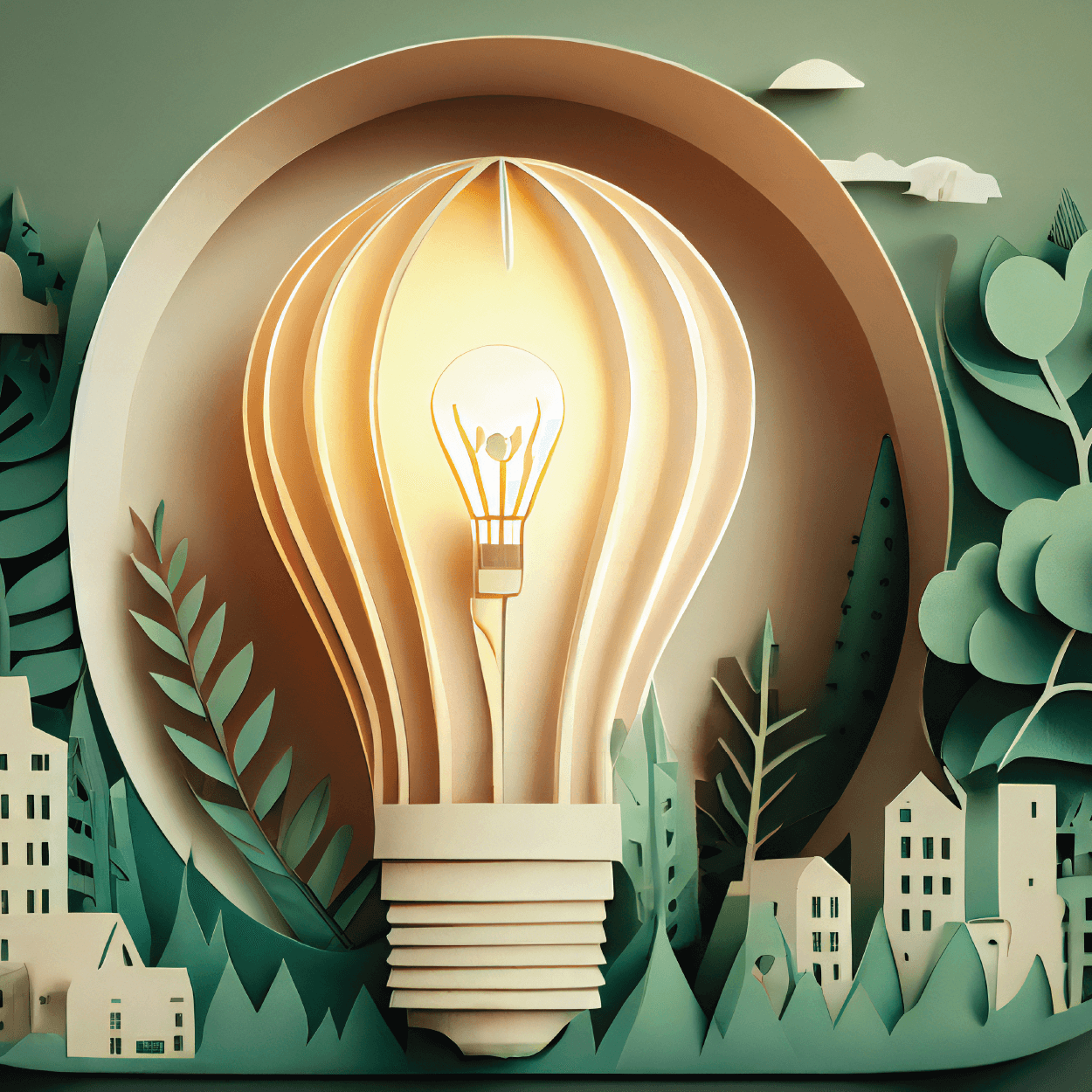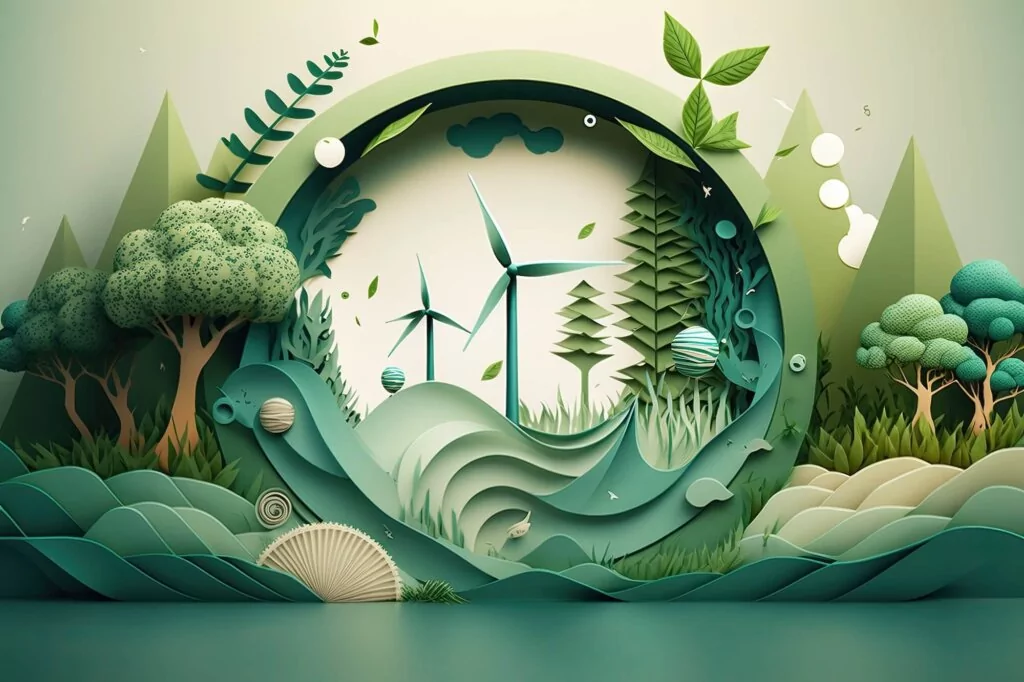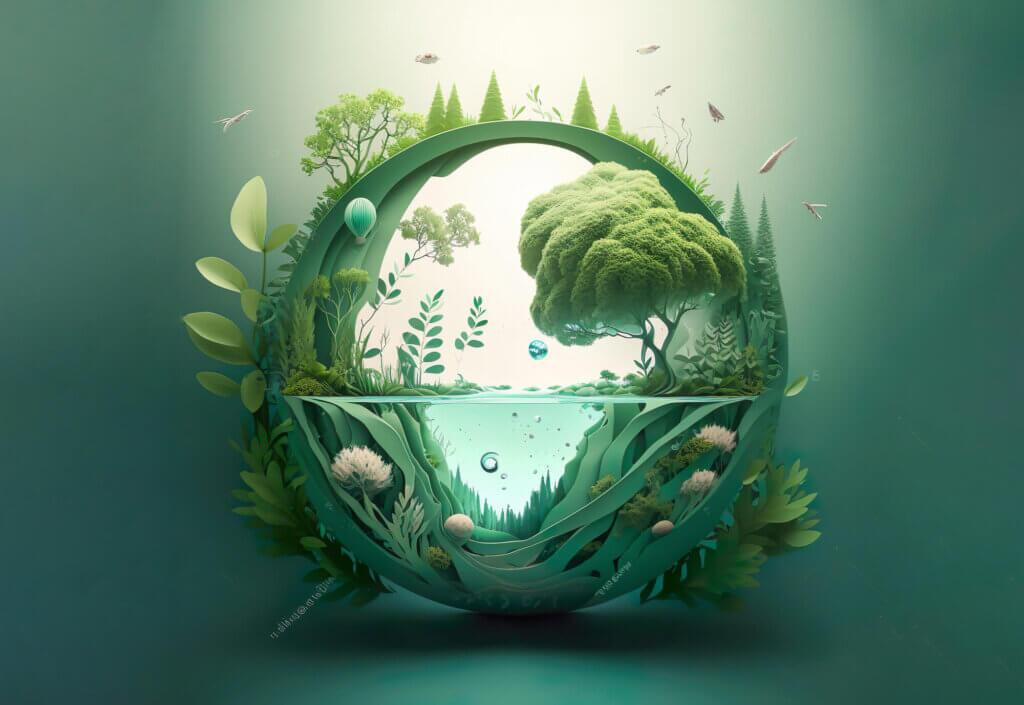
We are in the midst of climate change.
The mechanisms of climate change are relatively simple: an increase in the concentration of CO2 and other pollutants in the atmosphere hold in more heat from the sun. Increase the concentration—by burning more fossil fuels—and you increase the global average temperature.
However, the situation of climate change is more complex:
- Weather and climate will change and affect each region of the world differently, which means any one solution is not THE solution.
- There isn’t an off switch to stop the factories and generators which burn coal, natural gas, and other fossil fuels into energy.
- Our global civilization is presently entwined in the energy generated by traditional energy sources. If we stopped all greenhouse gas emissions tomorrow (by ending the burning of fossil fuels), we’d cause a lot more damage to our economies and society than is necessary.
We have to make serious changes to avoid the worst of climate change, but we can’t make a global swap to renewable energy overnight without causing damage. Both the reality and solutions to climate change can seem daunting and complicated. Over the past several years, two camps have emerged about this: Climate Doomerism and Climate Optimism.
In situations like these, it’s important to keep one eye on today and one on the future. Technology and policy are actively evolving toward a greener mindset.

The Doomerism and Optimism Divide
When faced with the enormity of the task climate change represents, many people fall into a depression. In a survey of 10,000 young people aged 16-25 from around the world, 77% felt the future was frightening.
On the other side of the coin, many people feel encouraged by the steps already taken—such as global environmental policies, climate-focused laws and economic incentives, and a worldwide focus on greater sustainability. The green energy transition is underway with projections indicating close to 80-90% of the United States’s energy will be provided by renewable options by 2030. We’re not there yet, but we’re getting there. Many use this optimism as momentum to make further changes and smarter investments.
Green Technology and Policies in 2023
Curbing climate change is a task involving technology and policy decisions on both the world stage and in your backyard. As we all make small changes, collectively we can achieve a compounding effect, magnifying the impact. Green technologies, those designed to mitigate or reverse the effects of human activity on the environment, can help us address issues ranging from pollution to the loss of biodiversity to what to do with all of our garbage to the quality of our water—all of which contribute to the health of our planet.
Here are a few examples from large to small:

On a Global and National Scale
The Paris Climate Accords is an agreement between nations to reduce overall greenhouse emissions over the next several decades. Current federal goals include achieving a net-zero emissions economy by 2050. Part of this program involves major renovations to departments or massive land leasing for off-shore energy farms. Other parts involve individual tax incentives to residents when they invest in green energy alternatives like solar panels for their homes.
In the States and Workplace
States likewise participate in land-spanning agreements and offer incentives to their residents in the form of partnerships with local utility companies. For example, governments frequently work with farmers who own acres of land and power generation companies to facilitate wind turbine land leases. For local homeowners, net metering incentives help you offset energy use or earn money for generating surplus electricity through green alternatives such as a rooftop solar panel system.
Corporations likewise have a lot to offer when it comes to making the technology switch to green alternatives. Transparent solar windows, wave-powered generators, and the beginnings of nuclear fusion power are on the horizon.

In Your Home
When considering all we face with climate change, you might be feeling a bit of Climate Doomerism setting in. You are not a national government, you don’t wield state power to make massive changes, and you probably don’t have a spare $10 billion to throw at a nuclear power plant. This is all at a massive scale. What can one home contribute to this world-class climate puzzle?
Individuals and homeowners are exactly the kind of solution we need. By making incremental changes, neighborhoods can become communities and communities can become entire states or nations generating their own clean, green energy. Homeowners have better and more affordable access to green technology in 2023, including:
- Home renovations like ethically sourced, eco-friendly paint or flooring.
- Mindful resource technologies like dual-flush toilets, tankless water heaters, LED light bulbs, energy star appliances, and smart thermostats, all built to minimize waste.
- Sustainability-focused options, such as rain barrels and water purification systems, which make it easier to leverage the resources already on hand.
- Alternative energy production and storage like cutting-edge solar panel systems, home-sized wind turbines, and batteries and home storage solutions.
The problem of addressing climate change hinges on our decades-long reliance on fossil fuels. A nation cannot full-stop its fuel burning, but a homeowner can make the choice to go green in an affordable and helpful way.
Small changes made by individuals work their way up to impact our major systems. As more homeowners make the switch and become their own personal power generators, nations will rely less on traditional energy sources. Fewer profits from fossil fuels will provide less incentive for corporations to avoid making the switch. As solar energy becomes more cost-effective it will become more affordable and more accessible for individuals and businesses worldwide, strengthening its position as an answer to the push for greater global sustainability.
It all contributes to a greater momentum to go green in 2023 and beyond.

Going Green in 2023
With so many options available, it may be difficult to guess which is best for you and your home. The truth is any of these greener technology alternatives are a step toward making a difference—we’d recommend all of them for how they can make an impact.
At Blue Raven Solar, our mission is to make investing in solar panels simple and accessible for all homeowners. A roof-mounted solar system is a green alternative and provides many benefits:
- It helps offset the cost of your electrical bill within a month of energization.
- They are an upgrade—not a renovation—which means they add value to your home.
- State and federal governments offer incentives to make affording a custom, rooftop solar system easier.
- Solar panels are sturdy, easy to have installed, and last for over 25 years.
- Your system can be customized to fit your power and energy storage needs.
Take part in the green technology boom of 2023 today! Our team of solar experts can look at your average power usage, your home’s location, and your energy goals to let you know if solar power is a good fit for your situation with our free solar savings report.



Sorry, the comment form is closed at this time.